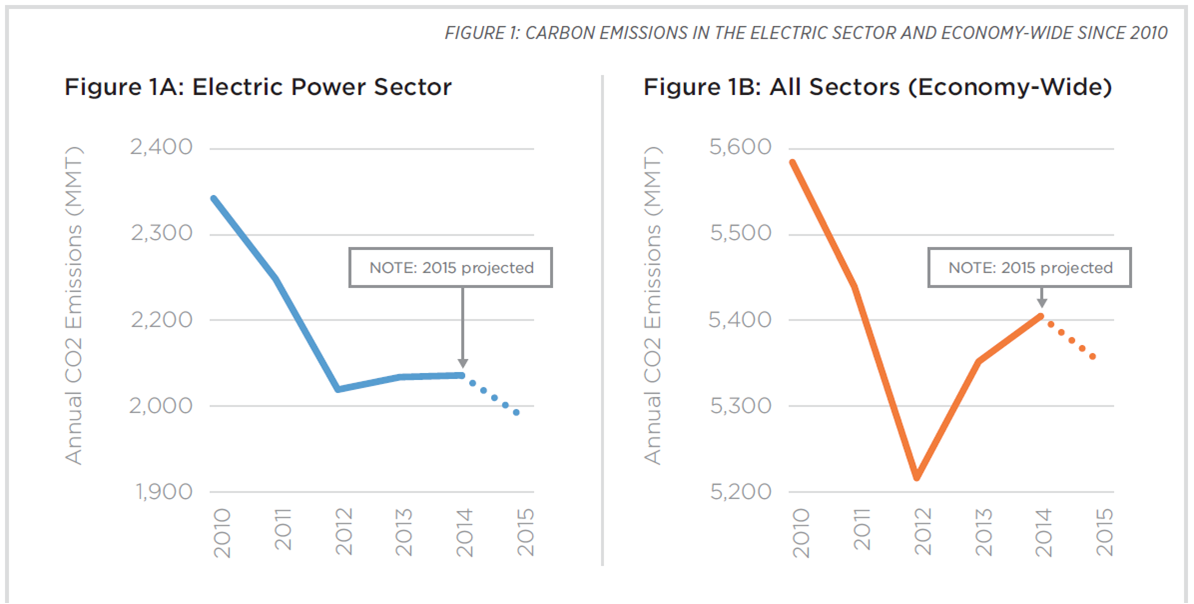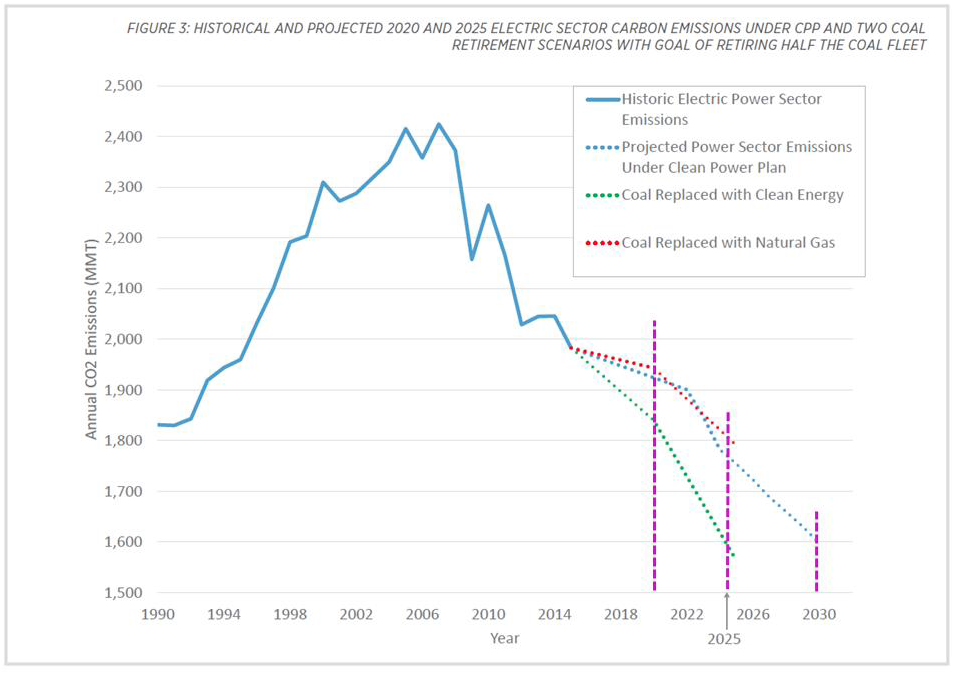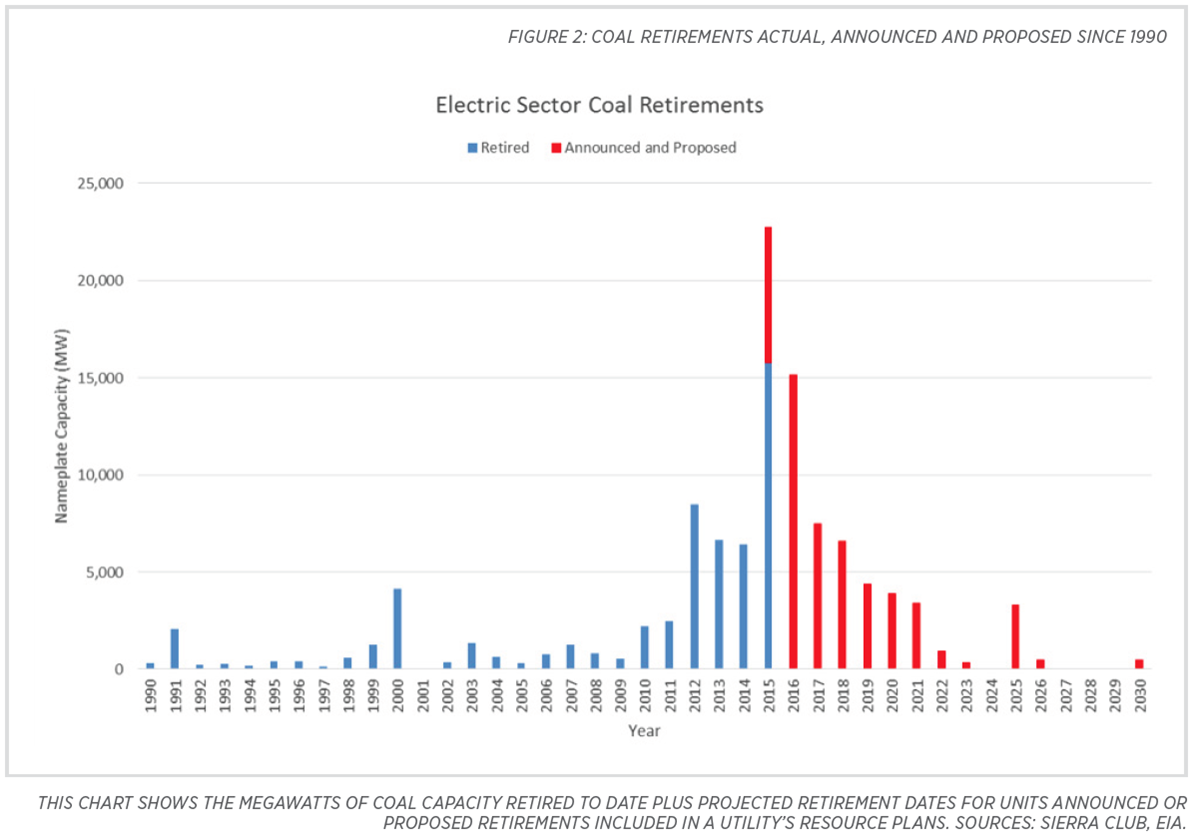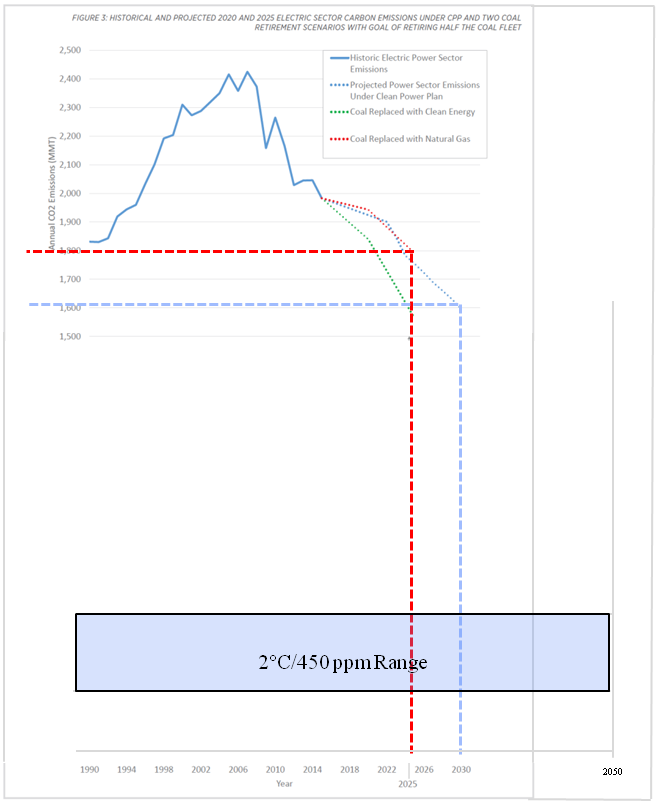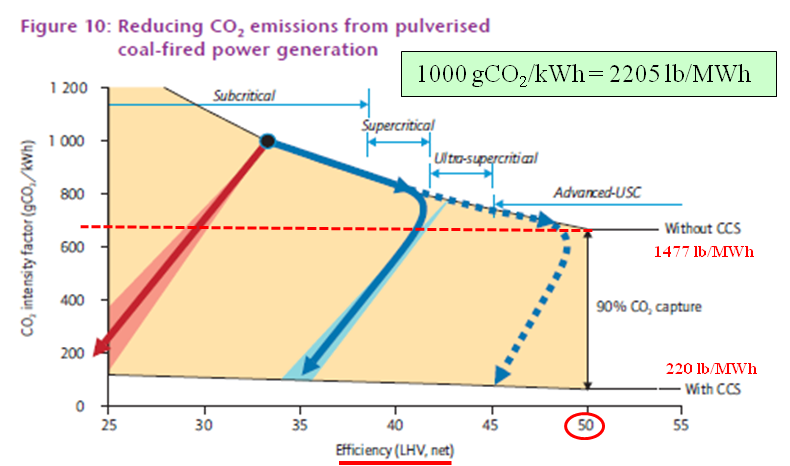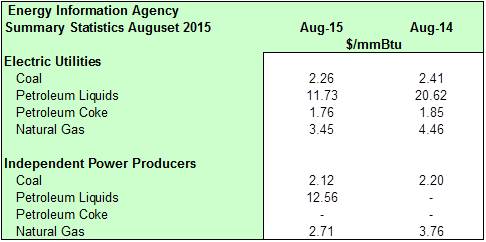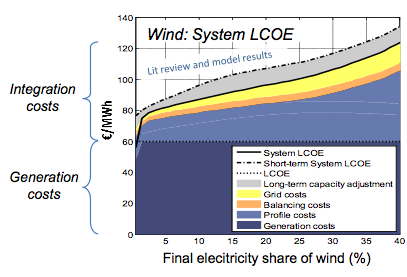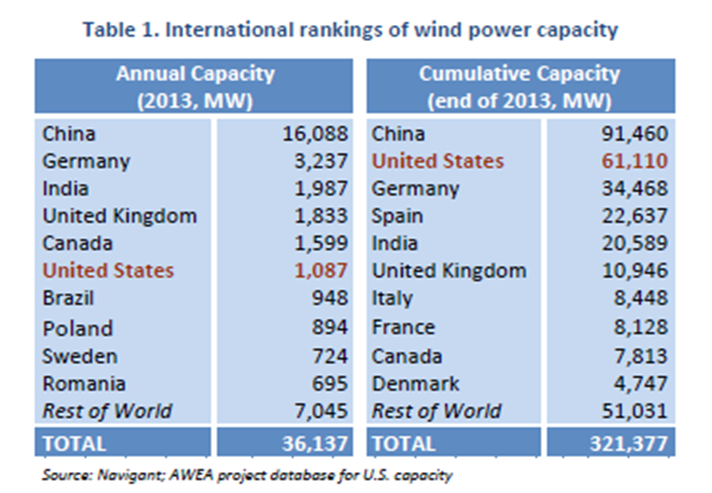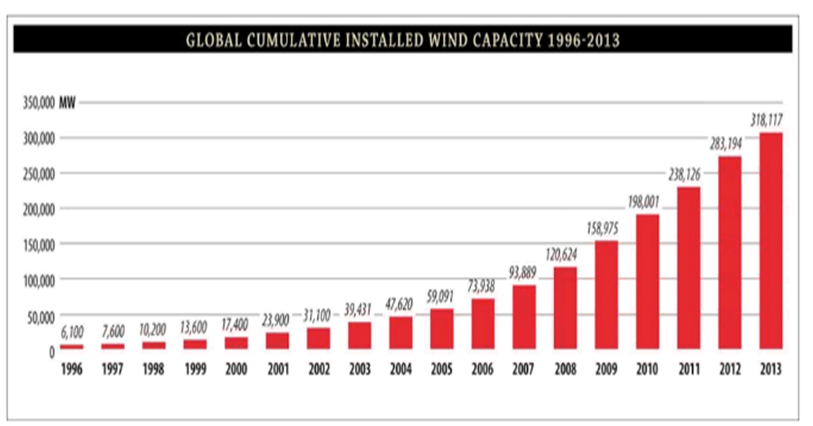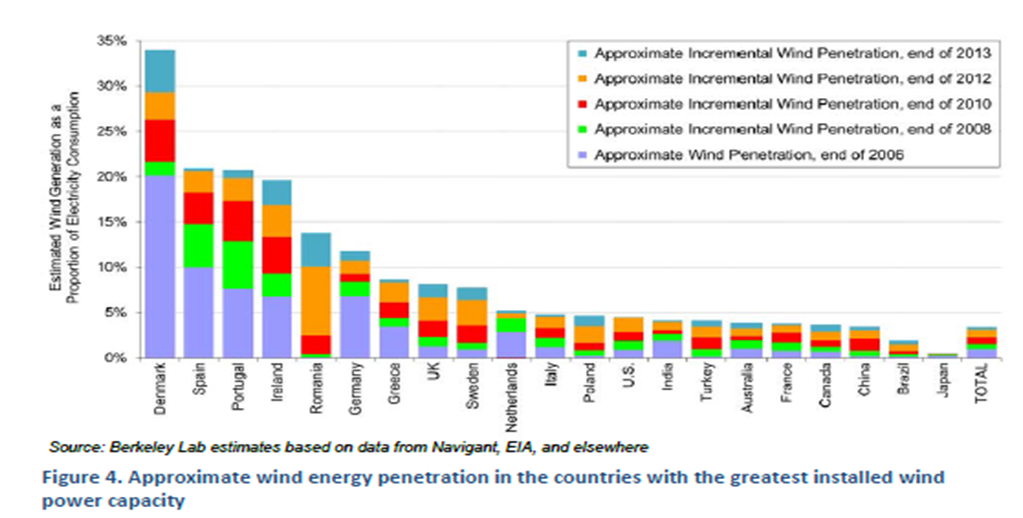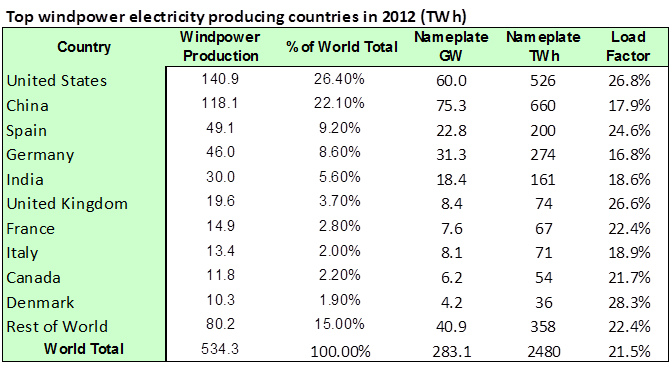EIA 2040 Forecast
The Center for Strategic and International Studies published its International Energy Outlook 2016 on May 11, 2016.
A reference to the www.eia.gov follows the tag line “Independent Statistics & Analysis”. I’m all for that! What’s not to like?
What is fascinating about this report is that it actually makes a forecast out to 2040. Most forecasts done to date stop at 2030, a date corresponding to the new Clean Power Plan (CPP) and other advertised Climate Change initiatives.
The report breaks down energy use between OECD and Non-OECD countries 35%/65%, as can be seen in the chart, shown below. The comment identifies most of the increased energy use in the Non-OECD countries.
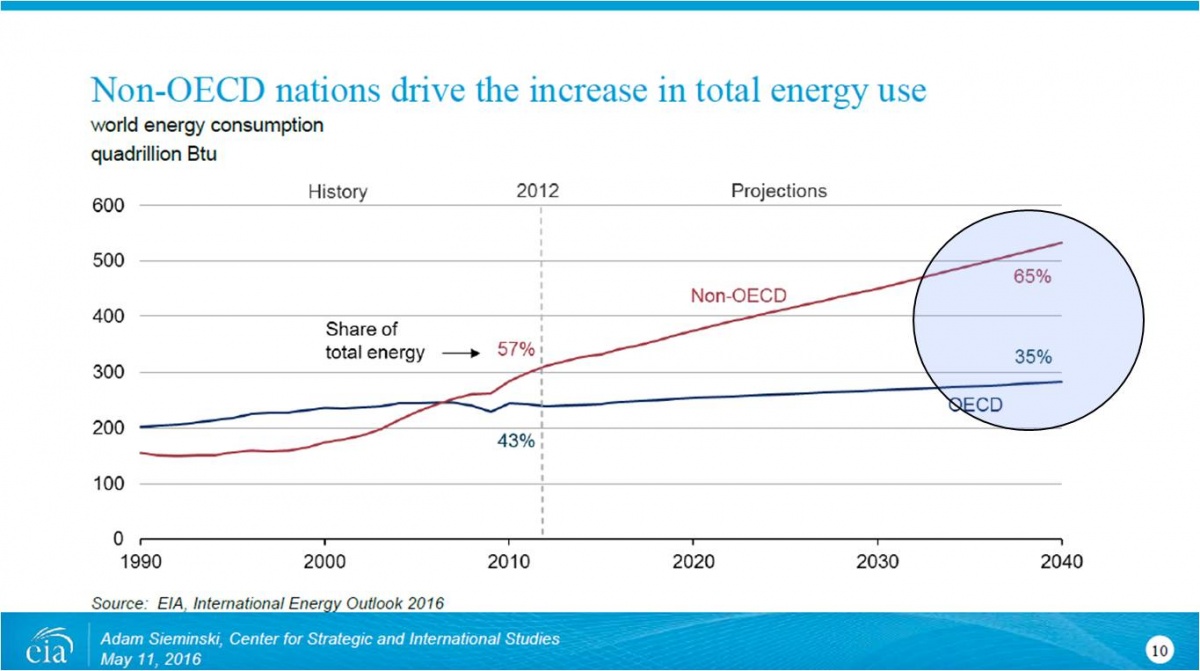
The report further breaks down the energy related CO2e intensity of energy use, expressed in kilograms CO2 per million Btu, again, between OECD and Non-OECD countries. Those values are 49 kg-CO2/mmBtu for the OECD and 55kg-CO2/mmBtu, respectively and as indicated on the chart below.
The weighted average intensity is 52.9 kg-CO2/mmBtu.
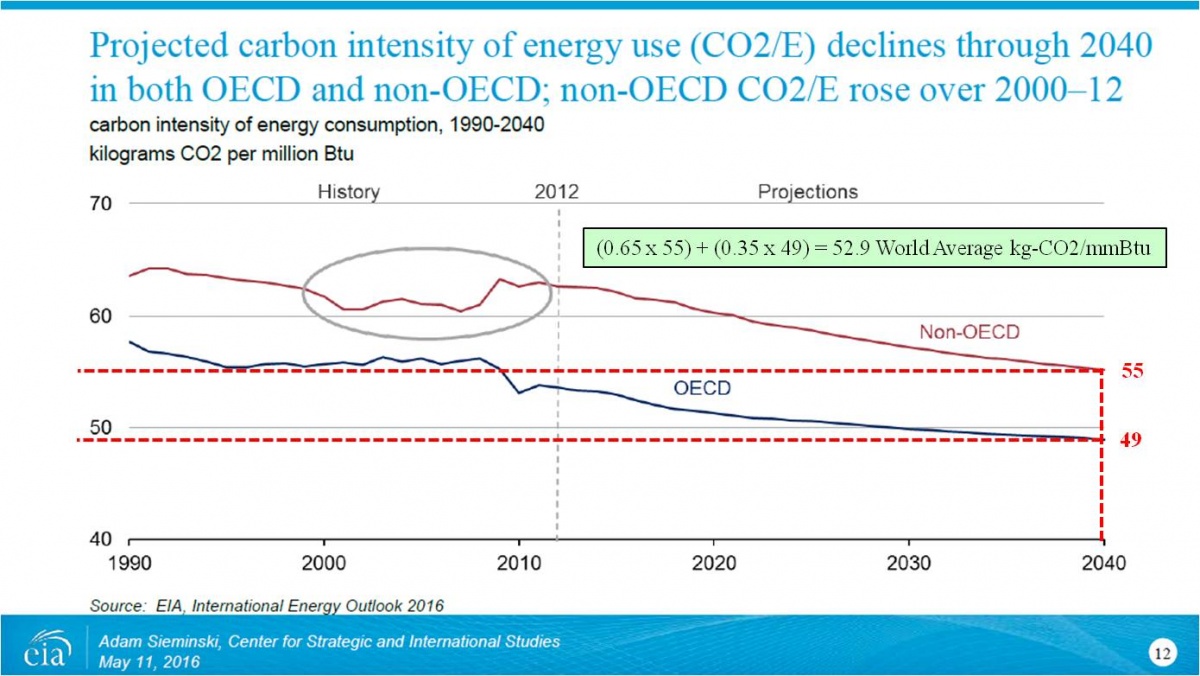
The interesting part of this report is that, unlike others, the forecast includes projections to 2040, with the impact of the new Clean Power Plan.
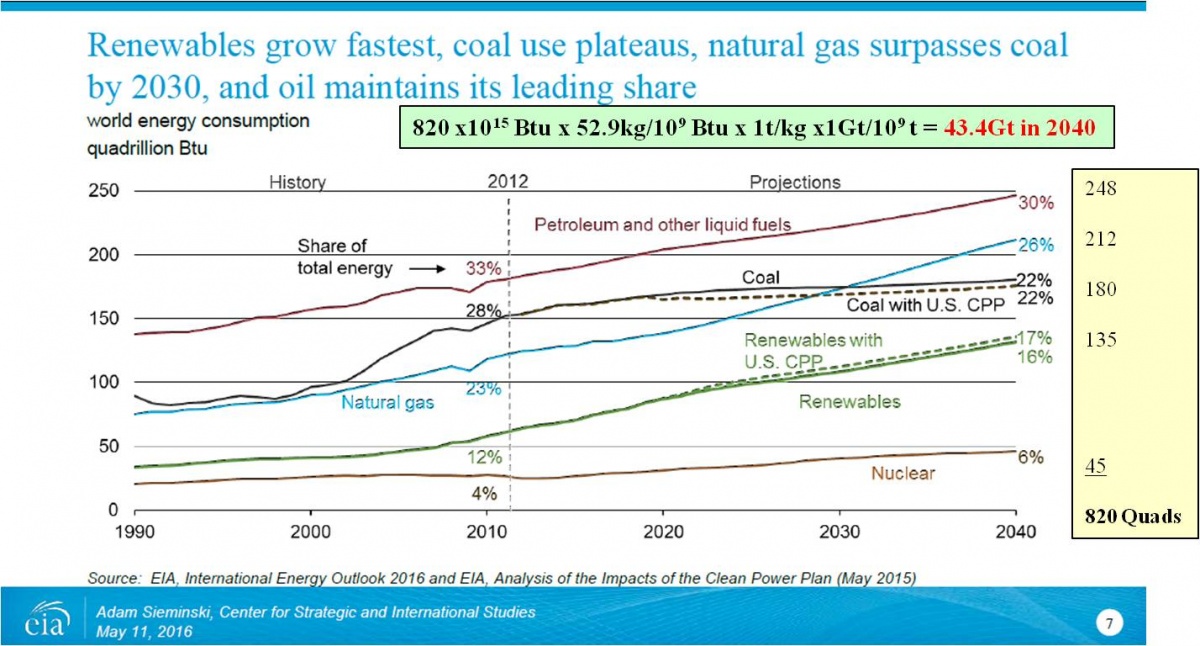
I have “eye-balled” these charts and have estimated this is 820 Quad, which at 52.9 kg-CO2/mmBtu is 43.4Gt of CO2 from the energy sector. The report says 43 and 815 Quads.
I plotted this forecast value on the previously published chart of scenarios from the Intergovernmental Panel on Climate Change (IPCC) AR5 review, shown below.
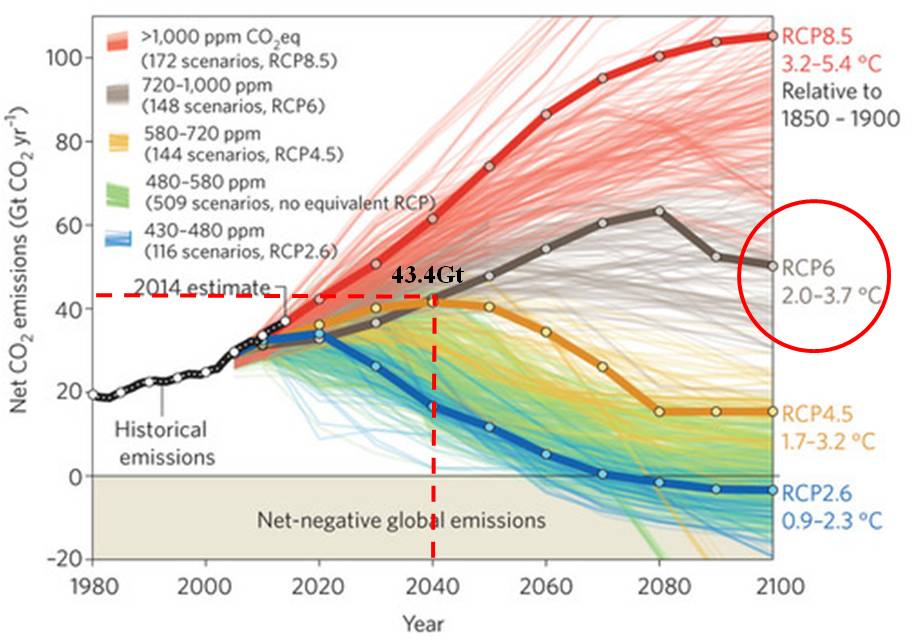
The summary conclusions in the report state that 75% of energy use in 2040 will come from fossil fuel.
The unavoidable conclusions are:
- The world is not even close to where it needs to be on prevention
- We are on an increasing trajectory and headed toward 4°C, if we are lucky
- The CPP contribution is minimal and only affects Coal
- Natural Gas generation is unaffected by CPP, since it has a waiver on its “½ of Coal” emissions
- We are not yet being honest with ourselves
- President Obama does not know this
The EIA presentation is available here:
https://www.eia.gov/pressroom/presentations/sieminski_05112016.pdf



